Plant configuration in residential areas in Central and South China is super practical!
1. Plant configuration requirements.
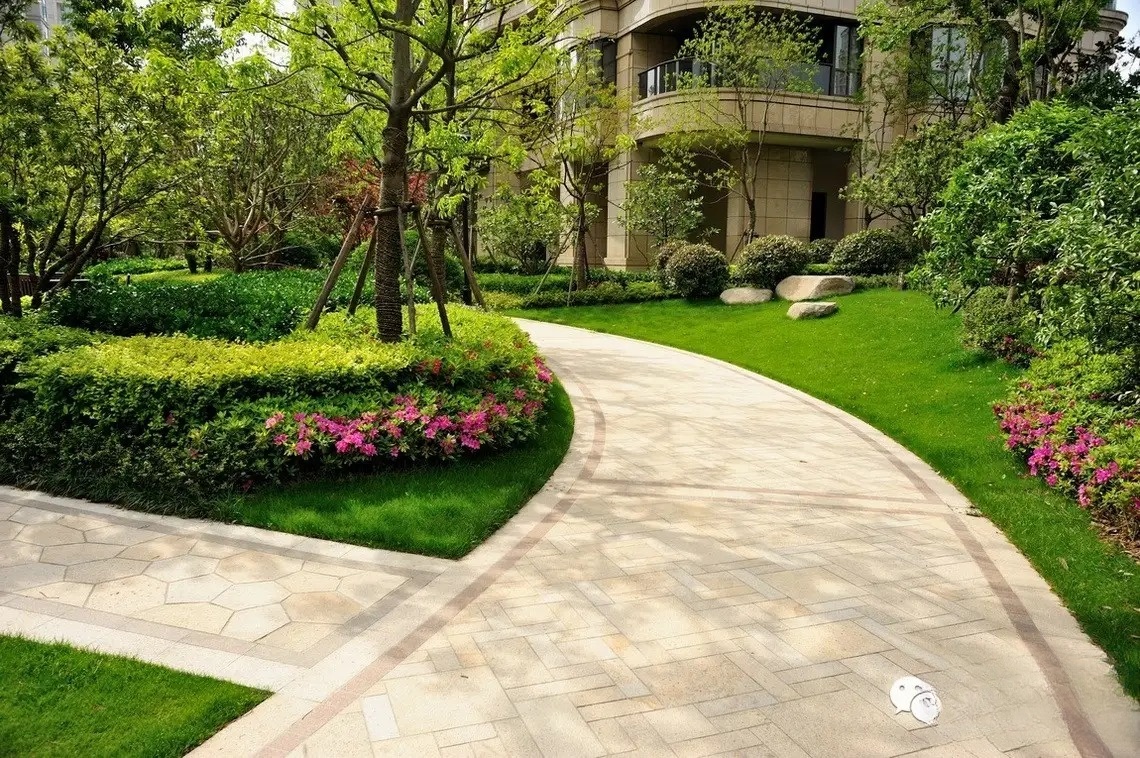
The greening construction of newly built residential areas should be based on Changsha’s cold winter and hot summer climate characteristics, adhere to tree planting as the main approach, adapt to local conditions, plant trees suitable for the site, combine trees, shrubs, flowers, grasses and vines, pay attention to the diversity of plant species, and improve the ecological content of residential greening.
1. The ratio of deciduous trees to evergreen trees is generally 6:4, and the ratio of trees to shrubs is generally 1:3-6.
2. Rich plant species:
(1) For green areas below 3,000 square meters, there must be at least 20 species;
(2) For green areas between 3,000 and 10,000 square meters, there must be at least 30 species;
(3) For green areas between 10,000 and 20,000 square meters, there must be at least 40 species;
(4) For green areas above 20,000 square meters, there must be at least 50 species.
3. Reasonably arrange trees, shrubs and vines, ground cover plants, bamboos, aquatic plants (see Appendix 1 for details), colorful leaf plants, flowering shrubs, aromatic plants and perennial (perennial) flowers (see Appendix 2 for details).
4. Reasonably allocate health-care plants that are beneficial to health (see Appendix 3 for details).
5. Appropriately arrange bird-loving plants and nectar plants to attract birds and insects and create a living environment where humans and nature coexist in harmony (see Appendix 4 for details).
6. According to the characteristics of plants and their ornamental functions, rationally arrange plant communities to beautify the residential environment (see Appendix 5 for details).
2. Implementation requirements.
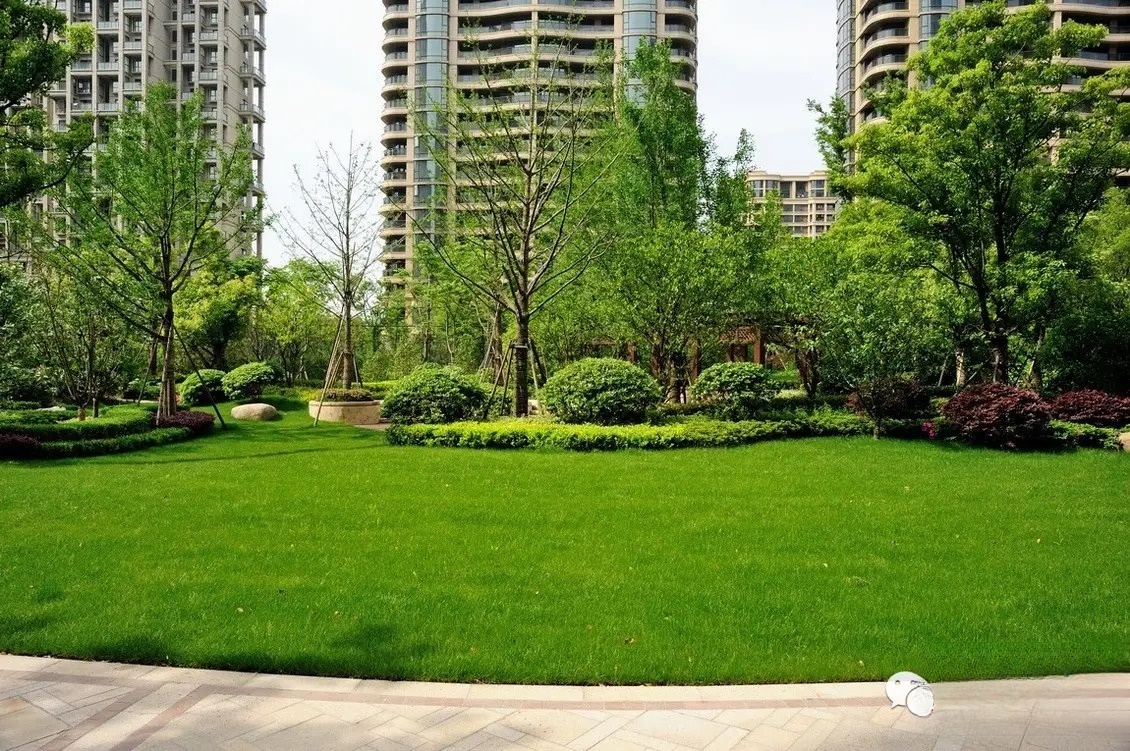
The implementation of greening construction in new residential areas should be based on local conditions and protect the original natural topography.
1. Preserve the original green space and plants, especially large-sized trees.
2. Before planting, soil improvement should be carried out according to the actual situation.
3. The walls of residential areas along urban roads should be transparent and integrated with the urban road landscape.
4. After planting, the names of plants should be marked to popularize greening knowledge and improve the public's level of green appreciation and green protection awareness.
5. Plant trees scientifically to improve the survival rate at one time.
6. The greening of residential areas should focus on "three parts planting and seven parts management", and establish a special team for maintenance and management.
7. Promote roof greening, balcony greening, and vertical greening to improve the greening effect of residential areas.
Trees, shrubs and vines, ground cover plants, bamboos, aquatic plants
1. Trees
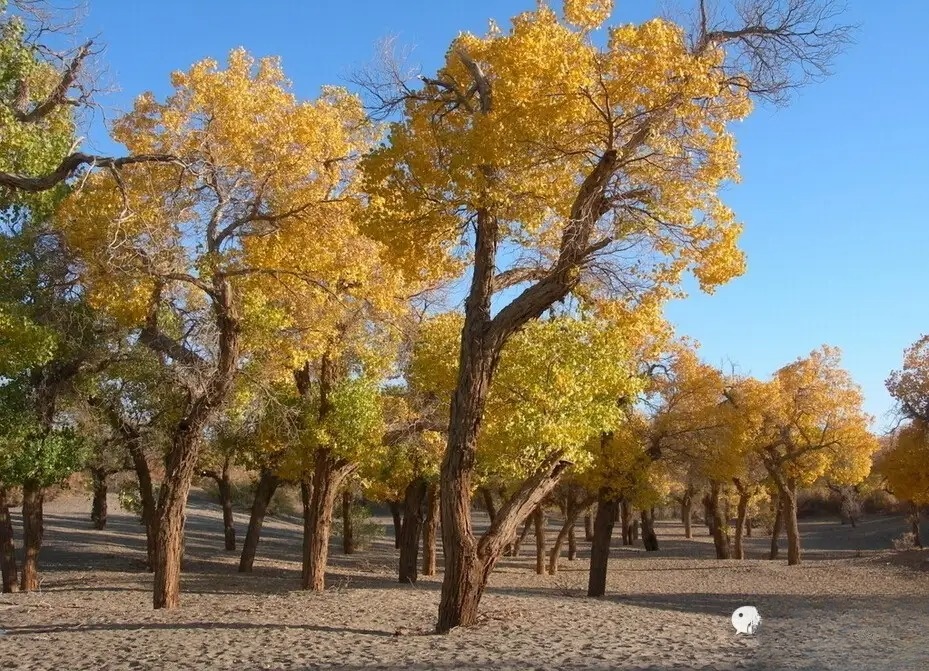
1. Street trees: sycamore, magnolia, poplar, camphor, koelreuteria, ginkgo, privet, locust, willow, Chinese fern, metasequoia, pond cypress, palm
2. Shade trees: sycamore, ginkgo, locust, hackberry, camphor, elaeagnus, magnolia, liquidambar formosana, magnolia, heather
3. Landscape trees: cedar, cypress, purple-leaf plum, locust, osmanthus, plum, cherry, lilac, citrus, cypress, pen cypress, pomegranate, elaeagnus, magnolia
4. Anti-pollution tree species: Ailanthus, elm, hackberry, paper mulberry, locust, mulberry, albizzia, privet, heather
2. Shrubs and vines
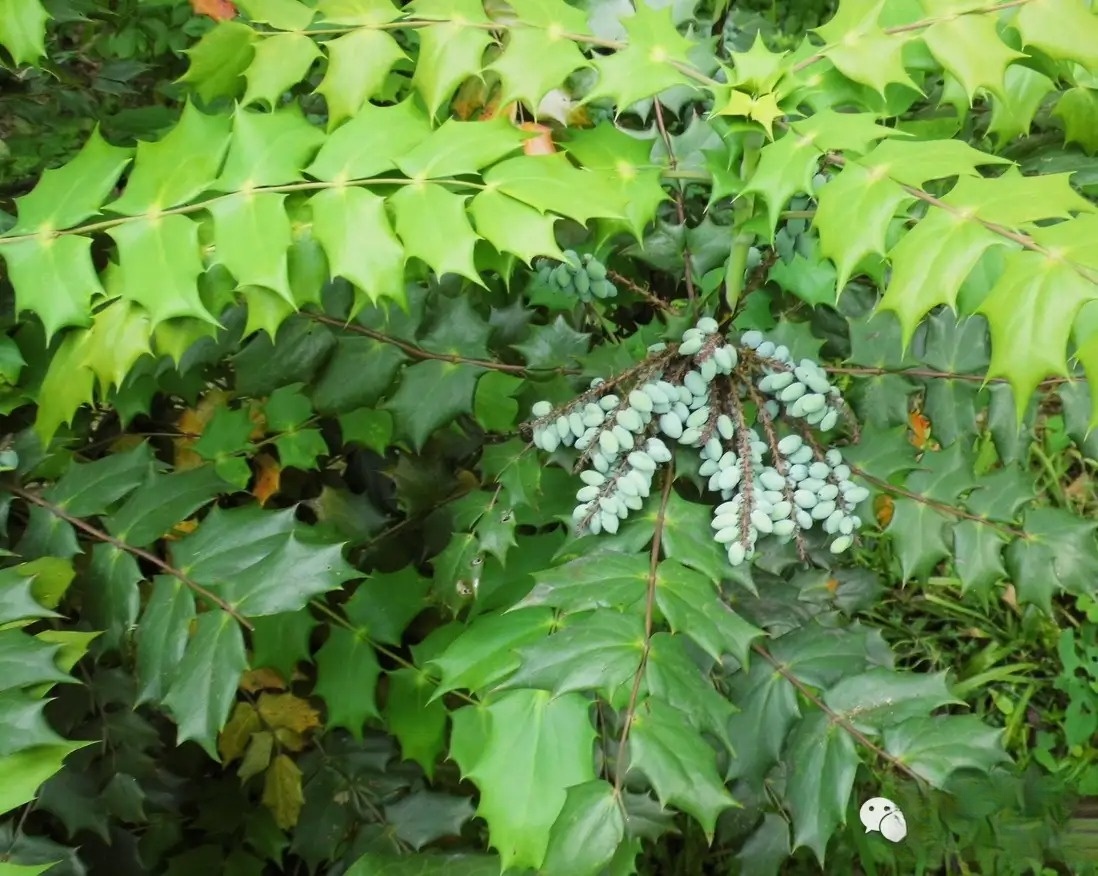
Mahonia, broad-leaved Mahonia, Nandina domestica, Michelia, Pyracantha, Photinia, Big-leaved Boxwood, Small-leaved Boxwood, Bone, Gardenia, Serissa, Pittosporum, Phoenix Bamboo, Yucca, Purple-leaved Berberis, Wintersweet, Hydrangea, Begonia, Deutzia, Rose, Mirabilis jalapa, Crape Myrtle, Hibiscus, Hibiscus, Red Scirpus, Campanula, Pomegranate, Red Maple, Green Maple, Palm, Platycladus orientalis, Cypress, Yunnan Yellow Jasmine, Parthenocissus, Trumpet Creeper, Osmanthus fragrans, Forsythia
3. Ground cover plants and bamboo
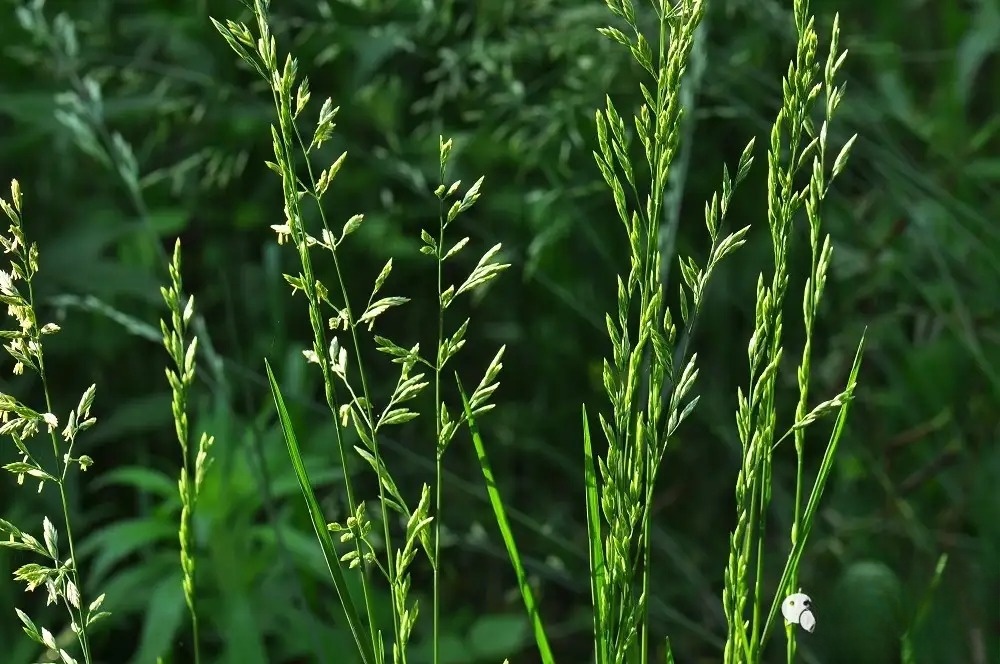
1. Turf: Manila, Paradise (419, 328) grass, tall fescue, bluegrass, bermudagrass, velvet grass, horsetail, etc.
2. Ground cover: creeping cypress, Euonymus fortunei, wolfberry, oxalis, clover, veronica, sedge, allium, ground cover chrysanthemum
3. Bamboo: bamboo suitable for Changsha's urban climate characteristics
4. Aquatic plants
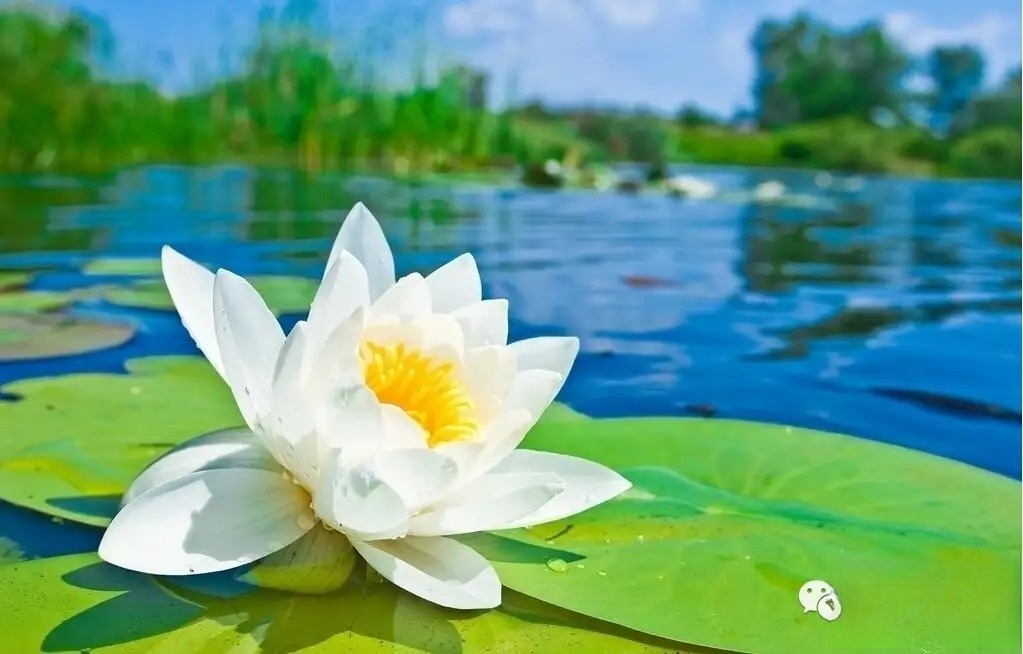
1. Emergent plants: lotus, cattail, loosestrife, reed, aquatic iris
2. Floating plants: water lily, Euryale ferox
3. Submerged plants: Potamogeton, moss
4. Floating plants: Eichhornia crassipes, duckweed
Colorful foliage plants, flowering shrubs, aromatic plants,
perennial (perennial) flowers
1. Colorful leaf plants
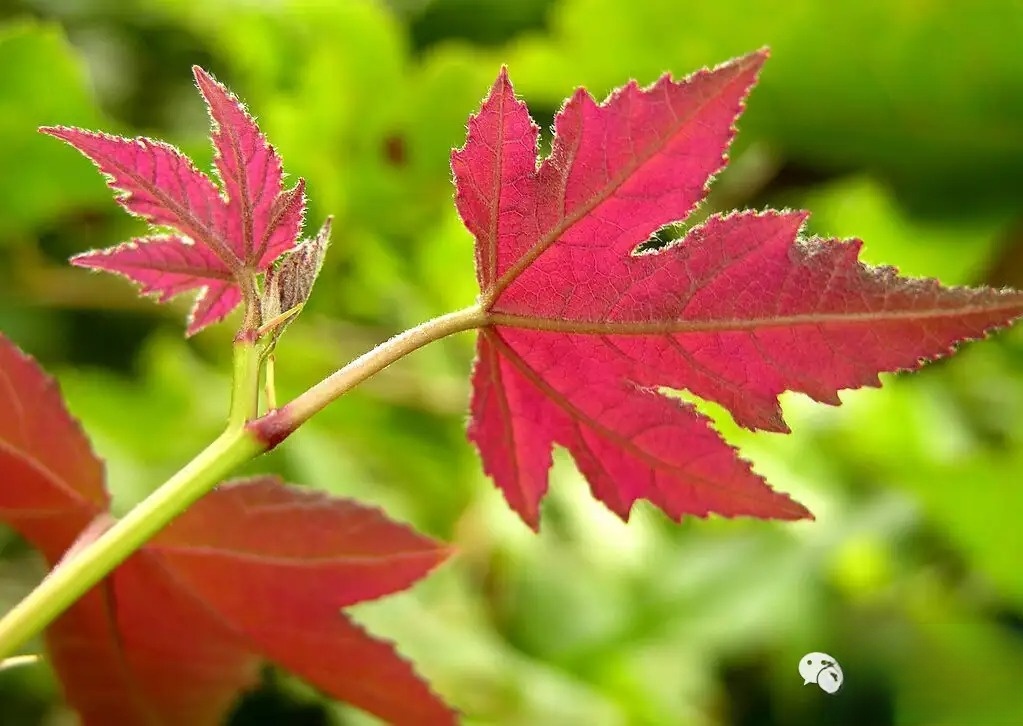
Those that turn red or purple: Liquidambar formosana, red maple, Japanese maple, southern cistanche, torch tree, black cedar, sumac, euonymus, hawthorn, nandina domestica, quinquefolia, barberry, Pistacia chinensis, maple poplar, creeper, mountain hemp stalk, etc. Those that
turn golden or tan: Ginkgo, persimmon, Koelreuteria paniculata, lycopodii, elm, hickory, metasequoia, catalpa, crape myrtle, elm, jujube, horse chestnut, horse chestnut, Canada redbud, wintersweet, pomegranate, yellow acacia, witch hazel, soapberry
2. Flowering Plants
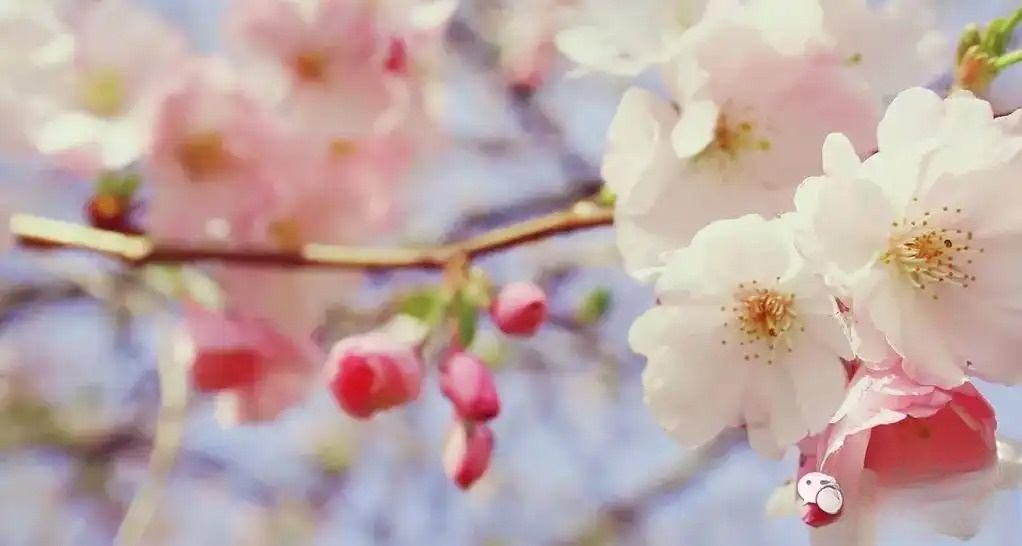
Spring: various types of cherry blossoms (early cherry blossoms, late cherry blossoms, weeping cherry blossoms, etc.), various types of crabapples (Hymena chinensis, Hymena chinensis, Hymena chinensis, Hymena chinensis, etc.), Magnoliaceae (Magnolia grandiflora, Magnolia dasyphylla, Magnolia ovata, Magnolia rubra, Magnolia sempervirens, etc.), Bauhinia, Prunus mume, Peach blossoms, Camellia, etc.
Summer: Crape myrtle, Hibiscus, Hydrangea chinensis, Michelia, Azalea, Pomegranate (flowers), Gardenia, Trumpet creeper, Albizzia julibrissin. Autumn: Osmanthus
fragrans, Crape myrtle, Hibiscus, Pomegranate, Hibiscus mume, Trumpet creeper, etc.
Winter: Plum blossoms, Camellia, Camellia sasanqua, etc.
3. Aromatic plants
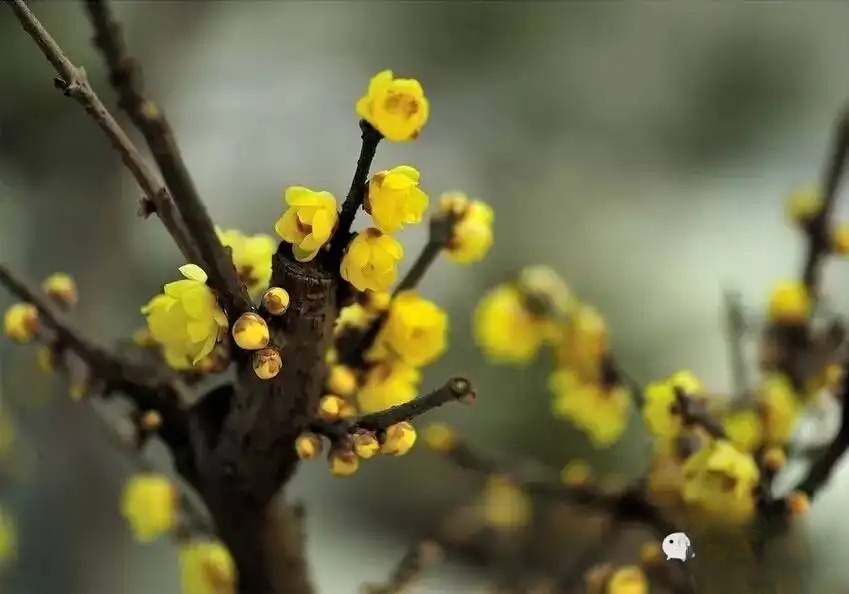
Aromatic plants that can be planted in residential green spaces include: mint, lemon balm, chamomile, lemongrass, sage, dandelion, thyme, geranium, mallow and other herbs, as well as lavender, rosemary, gardenia, rose, lemon verbena and other plants.
Woody plants that emit fragrance in different seasons: plum and orange blossoms in spring; gardenias and white jasmine in summer; osmanthus in autumn and wintersweet in winter.
4. Perennial flowers:
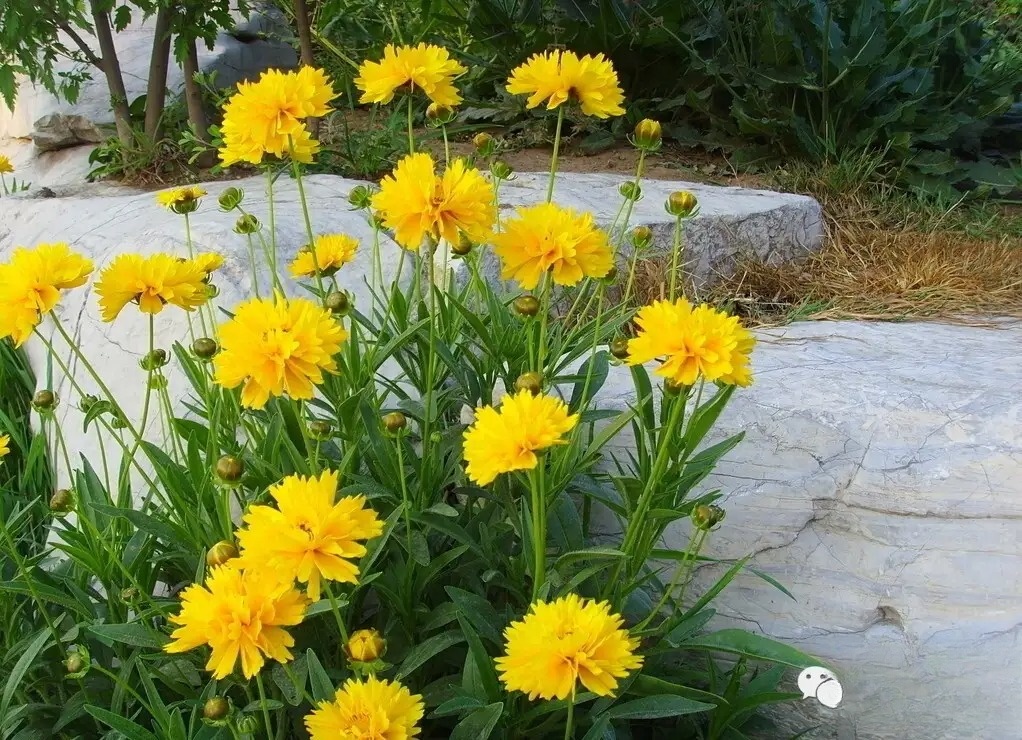
Blue Fescue: foliage, sun to semi-shade, red or pink flowers;
Astilbe: blooms in spring, sun, red, white or pink flowers;
Coreopsis: blooms in summer, sun or semi-shade, yellow flowers;
Passerine: evergreen ground cover, sun, mainly foliage;
Okra: blooms in autumn, sun;
Red Mint: blooms in summer, sun;
Thistle Leaf Sesame: blooms in May, evergreen, sun or semi-shade;
Ichthyophthirius: foliage, evergreen, sun;
Helleborus: blooms in March, shade, pink flowers; Lycoris
: blooms in August-September, semi-shade, white, red flowers Red or pink;
Daylily: blooms in spring, semi-shade, and the flower colors are mainly red and orange;
Iris: blooms in spring and summer, semi-shade, and the flower colors are blue and white
; Tradescantia: blooms in summer, sunny to semi-shade, and the flowers are blue; Hosta: blooms in
July and August, for viewing the flowers and leaves, semi-shade; Variegated Canna: blooms in summer and autumn, for viewing the flowers and leaves, sunny; Red Leaf Canna: blooms in summer and autumn, for viewing the flowers and leaves, sunny; Chrysanthemum: blooms in autumn , sunny, and the flowers are pink to purple-red; Big Eleutherodactyla: blooms in autumn, sunny, and the flowers are yellow; Bletilla striata: blooms in spring, sunny or semi-shade, and the flowers are purple.
Appendix III: Health Plants
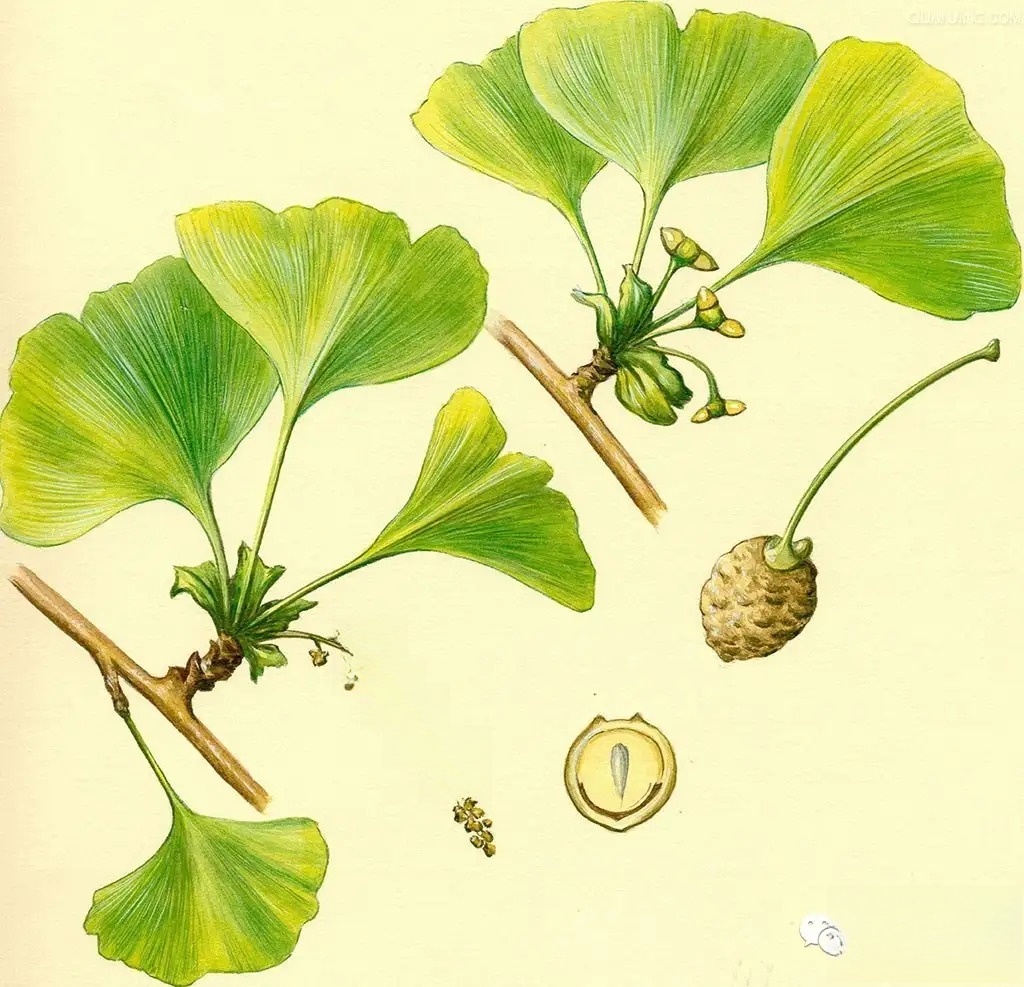
Name and efficacy Name and efficacy
Cycad nourishes the lungs and stomach.
Elm reduces swelling, detoxifies, and treats carbuncle.
Ginkgo nourishes the lungs and nourishes the heart. Beech eliminates heat and is diuretic. Cedar dispels wind and stops bleeding, moistens the lungs. Hackberry treats low back pain and lungs. Cryptomeria treats ringworms . Mulberry dispels wind and
clears heat, nourishes the liver, and benefits the kidney. Longbai calms the mind, regulates qi, and relieves pain. Broussonetia nourishes the kidneys, clears the gallbladder, and improves eyesight. Juniper calms the mind, regulates qi, and relieves pain. Cudrania nourishes the kidneys and relaxes the collaterals. Podocarpus promotes blood circulation and relieves pain. Fig strengthens the stomach, clears the intestines, reduces swelling, detoxifies, and prevents cancer . Torreya grandis prevents cancer. Ficus pumila roots, stems, leaves, and fruits can all be used as medicine, promoting blood circulation and unblocking meridians, reducing swelling and detoxifying. Cephalotaxus fortunei prevents cancer. Peony clears heat , blood-regulating, blood-dispelling, red bean fir prevents cancer, berberis clears heat and detoxifies, kills bacteria and reduces inflammation, poplar is beneficial to the heart, liver and lungs, has the effects of cooling, detoxifying and strengthening, bayberry harmonizes the stomach, helps digestion, regulates qi, stops bleeding and removes blood stasis, broad-leaved euonymus clears heat and detoxifies, reduces swelling, stops diarrhea, treats tuberculosis, maple poplar, chronic tracheitis, joint pain, dermatitis and eczema, Nandina domestica suppresses cough, reduces inflammation and detoxifies, strengthens tendons and activates collaterals, Quercus aconitifolia stops diarrhea, reduces breast swelling, magnolia eliminates the brain, clears the orifices, relieves pain, headaches, etc. , elm is diuretic and reduces swelling, white magnolia is damp-heat and wind-cold, clears the brain, Magnolia bark regulates qi, removes dampness and disperses fullness, Treat abdominal distension. Caragana can stop pain, treat edema, night sweats, cough, and lower blood pressure. Michelia can clear heat and detoxify, promote qi and remove turbidity. Bauhinia can promote blood circulation and qi, remove stasis and detoxify, and treat urinary tract infection. Michelia in the deep mountains can clear heat and detoxify. Wild lily can clear heat and detoxify, and treat various furuncles, jaundice in children, leukemia, etc. Liriodendron can treat rheumatism and muscular atrophy. Gleditsia can remove phlegm and open the orifices, reduce swelling, and treat suppuration, cancer, and constipation. American Liriodendron has the effect of expelling parasites and dissipating heat. Chinese Lespedeza can dispel wind and relieve pain, and treat acute bacterial dysentery and malaria. Wintersweet can relieve cough and asthma. Evergreen Elaeagnus can promote blood circulation and replenish blood. , promote blood circulation and activate collaterals. Camphor tree warms the middle, dispels cold, removes wind and promotes qi. Sophora japonica treats bloody stool, hemorrhoid bleeding, hematuria, and hypertension. Laurel clears the brain and calms the nerves. Wisteria treats abdominal pain, vomiting and diarrhea, and eliminates pinworms. It can relieve urine and stop enuresis, is a diuretic, and clears heat from the stomach. Oxalis clears the lungs and eliminates phlegm , promotes blood circulation, disperses blood stasis, and treats jaundice. Hydrangea macrophylla resists malaria, heart heat and palpitations. Orange promotes qi, strengthens the stomach , resolves phlegm, and treats chest tightness and relieves pain. Liquidambar dispels wind and dampness, promotes blood circulation and activates collaterals, stops bleeding, and relieves pain. Citrus aurantium strengthens the stomach and relieves bowel movements, and treats breast cancer . Eucommia ulmoides nourishes the liver and kidneys, treats pain in the waist and knees, hypertension, etc. Chinaberry removes dampness and relieves pain, and treats stomachache. Abdominal pain Spiraea treats injuries from falls, joint pain, and knife wounds Toona sinensis is antibacterial and astringent, and treats gastric bleeding and rectal bleeding Pyracantha strengthens the spleen and eliminates accumulation, and promotes blood circulation Pistacia treats rheumatism Hawthorn strengthens the spleen, eliminates accumulation and resolves stagnation, and relieves qi and disperses blood stasis Rhus chinensis treats lung deficiency cough, treats jaundice , and sore waist and knees Loquat resolves phlegm and relieves cough, moistens the lungs, and harmonizes the stomach and descends qi Holly treats pulmonary tuberculosis, hot flashes, hemoptysis , and tinnitus, and nourishes the liver Photinia nardostachys is diuretic, antipyretic, and analgesic Euonymus dispels wind and dampness, promotes menstruation and promotes blood circulation Begonia stalks clear meridians and activates collaterals, relieves pain and reduces swelling, and treats rheumatic joints Silk Cottonwood dispels rheumatism, nourishes the waist and kidneys Papaya relieves alcohol, removes phlegm, relieves qi, and stops dysentery Horseshoe tree treats stomachache, regulates qi Pear Intestinal deficiency watery diarrhea, relieves cough Sapindus mukorossi disperses qi and relieves pain, resolves phlegm and relieves cough, acute Gastroenteritis; Chinese wolfberry dispels heat, removes dampness, and stops bleeding; jujube soothes the liver, treats spleen and lung weakness; Detang promotes qi and promotes diuresis, dispels wind and stops coughing, regulates menstruation, and treats persistent cough; Ivy dispels wind and removes dampness, activates collaterals, and stops bleeding , and treats migraine; Pear moistens the lungs; Grapes relieve the exterior symptoms, promote diuresis and detoxify, and stabilize the pregnancy; Hibiscus treats lung abscess, clears heat and detoxifies, and treats tinea capitis; Hibiscus dispels dampness, promotes diuresis, and activates hemoptysis, dry cough, and migraine; Sand pear clears away summer heat, promotes fluid production, and astringes; treats edema; dyspepsia; kiwifruit is diuretic, detoxifies, strengthens the stomach, promotes blood circulation, and lowers blood pressure; bean pear relieves leucophylla poisoning and leucophylla poisoning; Camellia clears heat, nourishes the heart, and astringes blood; Plum moisturizes dryness and lubricates the intestines, promotes bowel movements, and promotes diuresis, and treats dry stool; Elaeagnus pacifies asthma and stops coughing, and treats bronchial asthma, hernia, and indigestion ; Plum Soothes the liver and regulates qi, promotes blood circulation and removes stasis, astringes the lungs and astringes the intestines. Hypericum clears heat and detoxifies, removes dampness, and reduces swelling. Peach reduces swelling, treats ascites , stops sweating and stops bleeding, and treats night sweats. Crape myrtle clears heat, detoxifies, reduces swelling, and treats cancer. Cherry treats frostbite, prevents rashes, and treats poisonous snake bites. Camptotheca acuminata promotes blood circulation and relieves pain, is a diuretic, clears heat and reduces swelling. Chinese rose promotes blood circulation, regulates menstruation, reduces swelling, and treats tuberculosis and hemoptysis. Osmanthus fights cancer, treats gastric cancer, suprachoryocarcinoma. Wild rose soothes qi. Soothes the stomach, promotes blood circulation, treats hemiplegia. Chinese ivy dispels cold and soothes the stomach, soothes the liver and benefits the kidney. Rose regulates qi and promotes blood circulation, treats liver and stomach pain, breast abscesses, swelling and poison. Persimmon promotes blood circulation and reduces swelling, dispels wind and dampness. Cloud fruit dispels wind and cold, eliminates dampness and heat, treats malaria, rheumatic joint pain, etc. Ligustrum lucidum promotes qi and blood circulation, removes phlegm, treats heart and waist pain, strengthens the spleen, lowers blood pressure. Nourishes the liver and kidneys, calms the mind and improves eyesight, treats dizziness , insomnia, and tinnitus. Albizzia soothes the mind, promotes blood circulation, reduces swelling and relieves pain, treats insomnia.
Bird-loving plants
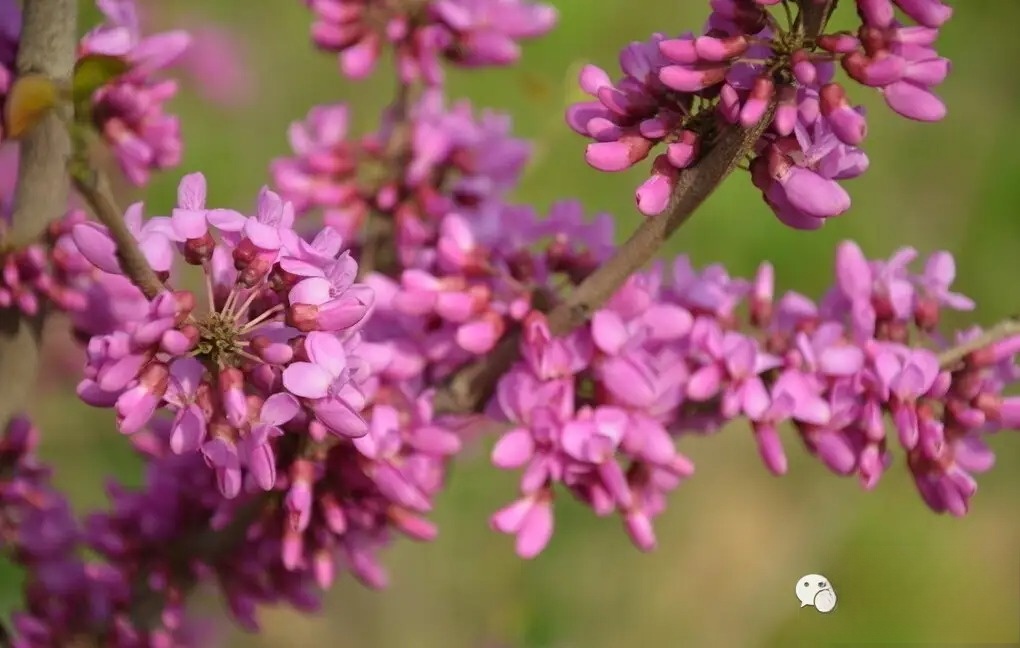
Tree species Flowering period Flower color Fruit ripening period Fruit color
Platycladus orientalis 3 10 Green brown Bauhinia
4 Rose red 8-9 Red purple
creeper 6 Light yellow green 10 Blue black
jujube tree 5 Yellow green 9-10 Red
cherry 3-4 White
5-6 Chinaberry 4-5 Light purple
11 Light yellow elm 3-4 Purple brown 5 Yellow and white
Euonymus 4-5 Light yellow green 9=10
Purple green grape 5=6 Light yellow green 9 Yellow white, red, purple
Pu 4 Light green 9 Clear red
hawthorn 5-6 White 10 Red
larch 3-4 Yellow purple red 10-11 Light red brown
linden 7 9-10
Robinia 5 White 8-9 Red brown Mahonia
8-10 Yellow 12 Blue black
maple 4 Yellow green 9 Light gray yellow
Lycium barbarum 5-10 Purple 6-Deep red after autumn, orange red
mulberry 1 5-6 Red purple
nectar source plants
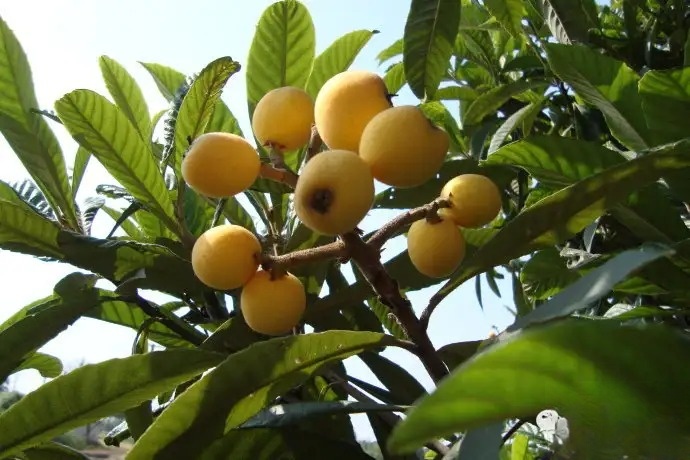
Name Flowering period Amount of pollen and nectar Aromaticity Remarks
Different varieties of citrus Mid-March to Mid-May, the same group secretes abundant nectar for more than 20 days, rich and fragrant All plants in this genus are excellent nectar plants
Loquat Early November to mid-December Secretes abundant nectar and fragrance, an important nectar plant in winter
Ligustrum June to July, rich in pollen, slightly fragrant
Palm May 10-20 days Rich in pollen, slightly fragrant Zanthoxylum
May to June Rich in pollen and fragrant
Holly April to May Rich in pollen Male and female plants, slightly fragrant
Ilex April to May Rich in nectar and pollen Strong pollen attraction Male and female plants Long male flower inflorescence All plants in this genus are excellent nectar plants
Nandina domestica May to July, honey and powder Plants for flower beds and rockery ornaments
Photinia fraseri April to May Rich in nectar and pollen Corymbs Garden tree species Appendix 5:
Planting suggestions
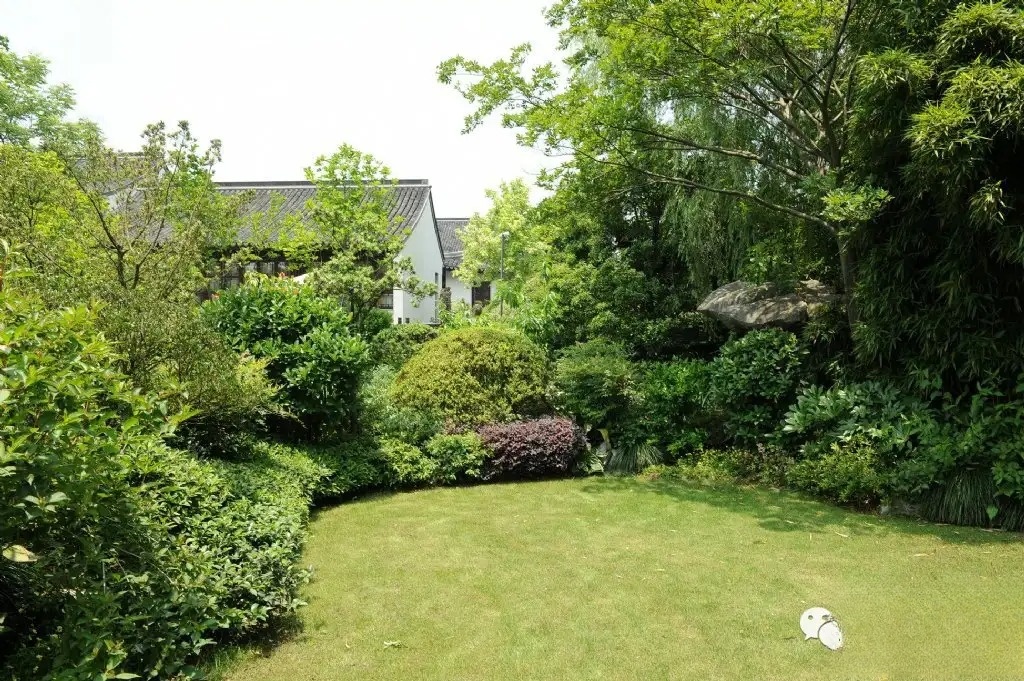
Cinnamomum camphora + elm + cypress - small palm + heather - February orchid
South jujube + Ligustrum lucidum - Deutzia suspensa + Wisteria dasyphylla - Lucky grass
Cinnamomum camphora + Koelreuteria paniculata - Holly + Pittosporum tobira - White clover
Cinnamomum camphora + Arborvitae - Nandina domestica + Mosquito damson - Cynodon dactylon
Ginkgo - Photinia narius + Elaeagnus oleraceus
- Ophiopogon japonicus Cedrus + Magnolia grandiflora - Crape myrtle + Bauhinia cernua + Fragrant jasmine - Iris +
Oxalis suffruticosa + Other ground cover
English tung + Maple - Photinia narius - Wintersweet + Ground cover
Cinnamomum camphora + Liquidambar formosana - Photinia narius + Big tung + Ground cover
Masson pine + Small-leaved oak - Styrax odorifera + White oak + Castanopsis suspensa
Masson pine + Liquidambar formosana - Red holly - White oak + Castanopsis suspensa + Grass, fern
Quercus cylindrica + Quercus acutissima + Quercus vulgaris - Photinia narius + Castanopsis suspensa + Herbaceous
arborvitae March-April Pollen is rich and peanut branches are easy to eat Haha, it reminds me that our unit once made a plan with the five sense organs as the design theme.
At that time, there was an auditory garden with "bird-loving plants" as the main theme, and some of the plants in it were used. However, I would like to remind all Zhuyi netizens that it is not easy to plant the ten major merits on a large scale. Powdery mildew is serious. Usually, powdery mildew will occur on a large scale. When the time comes, thinning and pruning will greatly increase the maintenance cost, and you will be scolded by the maintenance company.
Common plants in Changsha:
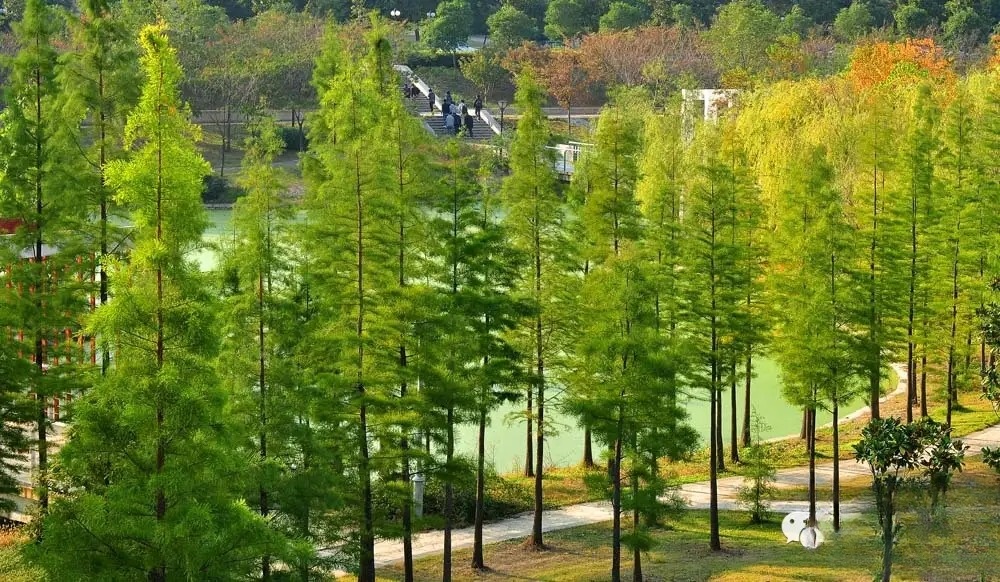
arbor :
Evergreen: Canary date palm, frozen coconut, old man sunflower, loquat, magnolia, Elaeocarpus, green maple, osmanthus, cedar, heather, slash pine, Podocarpus, bamboo, light bamboo, golden jade bamboo, purple bamboo, pink bamboo Deciduous: soapberry, white magnolia, purple magnolia, metasequoia, Mexican bald cypress, weeping willow, ginkgo, Koelreuteria paniculata, light-leaved beech, big-leaved beech, liquidambar, Ligustrum lucidum, North American tulip tree, Ailanthus altissima, Chinese tallow tree, Sophora japonica, Albizzia julibrissin, Japanese evening cherry, red maple, Acer palmatum, Acer truncatum, Acer pentaphyllum, purple-leaf plum, horse chestnut, small-leaf crape myrtle, pomegranate, peach, tall privet, Sophora japonica, lilac,
Large shrubs : Camellia sasanqua, Bauhinia, Nandina, Winter jasmine, Forsythia, Hibiscus, Begonia, Prunus mume, Prunus armeniaca, Cycas revoluta, Wintersweet, Hydrangea, Pheasantha, Hypericum, Hibiscus sylvestris
Shrubs : Philippine white bamboo, Ligustrum lucidum, Ligustrum lucidum, boxwood, boxwood, coral tree, red flower, purple-leaved barberry, golden plate, pyracantha, euonymus, broad-leaved magnolia, narrow-leaved magnolia, gardenia, Michelia, azalea, coral tree, pittosporum, pink flower rust thread violet
Climbing plants : Wisteria multiflora, osmanthus, clematis, ground ivy, trachelospermum, climbing rose, Euonymus fortunei, Lychee Aquatic plants: Lythrum sagittifolia, iris, water lily, calamus, astilbe, sagittaria, reed, water plantain
Ground cover : Red Oxalis, Ophiopogon japonicus, Lycoris radiata, Lucky grass, Zephyranthes bidentata, Hemerocallis dasyphylla, Dioscorea paniculata, Passerine, Hosta Lawn: Zoysia tenuifolia